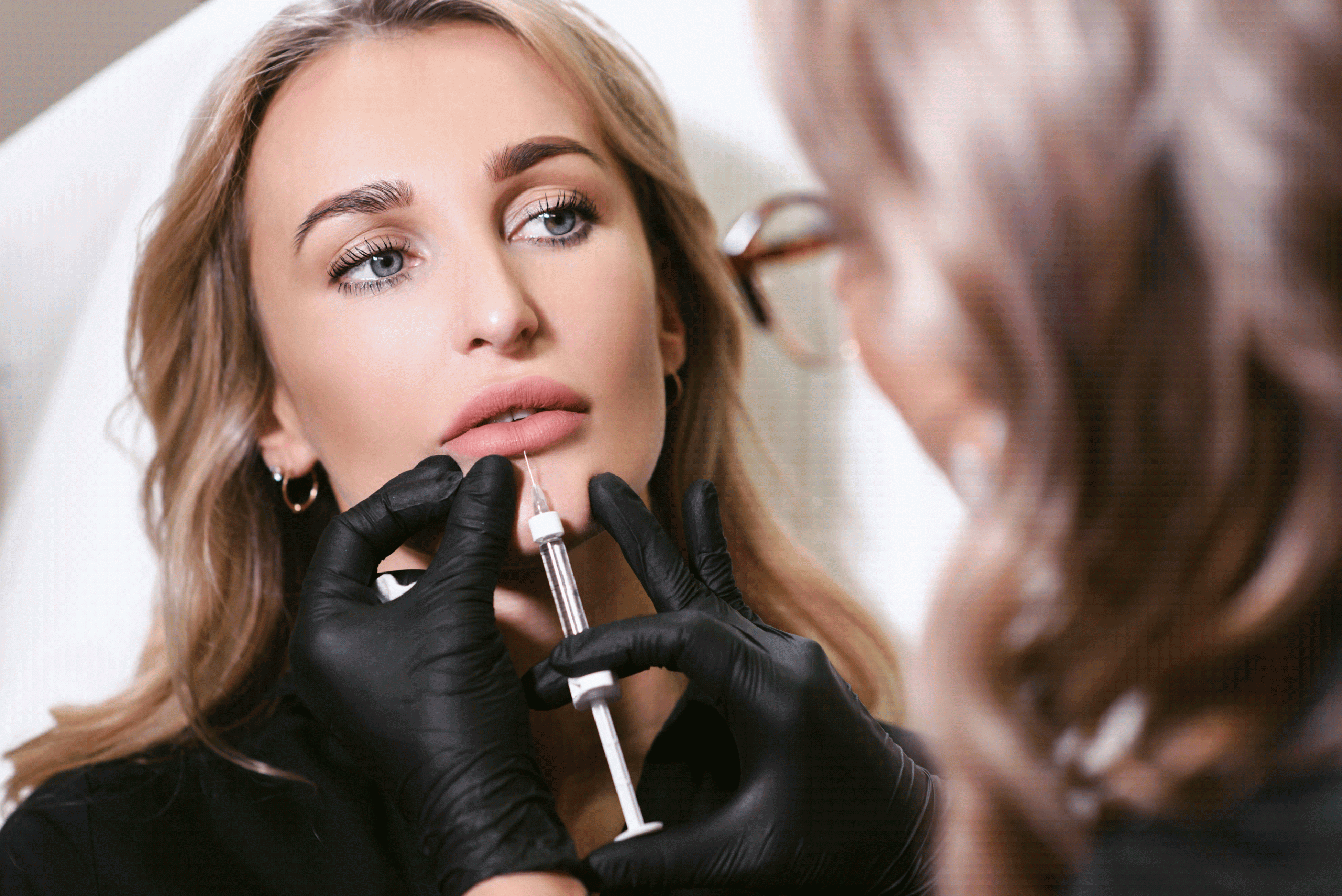
WHAT IS A CHEMICAL PEEL?
In very medical terms: “A chemical peel involves the application of toxic chemical solutions to the skin in a controlled manner, producing controlled tissue death. The desired depth of the wound is dependent upon the condition to be treated. After the peel, the skin regenerates. The damaged skin regenerates from deeper layers of the epidermis and from the superficial dermis.”(medicinenet.com/chemical_peel/article.htm#chemical_peel_facts)
But really… what does it do and why do people love this treatment?
We have a lot of clients that want to try a chemical peel but are afraid due to the stigma they hold. When they think about a peel they picture their entire face falling off or shedding like a snake. Although some peels can do that, most don’t. There are different strengths of chemical peels. From beginner (virgin skin, we are not sure how they will react) to super-advanced ones that are guaranteed to generate desquamation/peeling and cell turnover. All peels will generate cell turnover, some in a more aggressive manner. So when booking your next peel with us, consult with our expert aesthetician and we will come up with a tailored peel for your specific needs.
So what are some of those needs?
ACNE: chemical peels are a great addition to your current acne regimen. Once your dermatologist has cleared you to receive a chemical peel, we recommend one a month. This will allow your skin to remain clean, refrain pores from gathering bacteria, and a glowing effect. It also helps with scarring. One of our favorite Peels for acneic or trouble skin is Glo Skin Beauty “Beta-Clarity” (https://www.gloskinbeauty.com/beta-clarity-peel).
SUN DAMAGE/AGE SPOTS: these unwanted dark spots or discoloration in your face can be tough to treat with over-the-counter products. Chemical peels do a phenomenal job in targeting those dark spots and allowing the skin to shed that discoloration, revealing brand new clear skin. One of our favorites is Glo’s Hydra Radiance Peel (https://www.gloskinbeauty.com/hydra-radiance-peel).
FINE LINES/WRINKLES: even though all peels will greatly help diminish the appearance of fine lines and wrinkles, we tend to favor Glo’s or SkinCeuticals’ more advanced peels. You can choose the level of peel depending on your previous peel experiences and an evaluation with our aesthetician.
OVERALL GLOW: you will get this amazing overall glow after a peel. Well… not right after, but within a week or so (depending on the peel you did). This reveals a healthy appearance that is very noticeable. One of our favorite services at our medspa is pairing Dermaplaining and a gentle Peel. The results are amazing, our clients love the feel and the look, and they always come back. (See our blog on dermaplaning). We use Epionce or SkinCeuticals brands – gentle peels. No downtime and an immediate glow.
WHAT TO EXPECT
You can arrive with or without make-up. Our trained aesthetician will cleanse your face/chest/ or area being treated. Then she will conduct an exam under the magnifying light to get a better idea of which peel your skin would benefit from. The process is not long. Your skin is prepped with a specific peel prep solution that cleanses all remaining oils from your pores so the peel solution can penetrate better. You will feel dry skin and maybe a slight burning (like alcohol applied on your face). Then the aesthetician will apply the peel and hand you a small fan that will give you a cooling effect. Then peel will either self-neutralize or the aesthetician will neutralize it depending on the type of peel. You will start shedding skin within a day to 3 days post peel. The degree of shedding can be anywhere from barely noticeable but your cells are being turned over – to pretty noticeable where you have more skin shedding. The biggest advice is to wear sunscreen and DO NOT PICK! Let your skin shed and wash your face with gentle cleansers to get rid of dead skin. This can last from 1-2 days to a week. It all depends on the type of peel done and the individual patient’s reaction to it.



